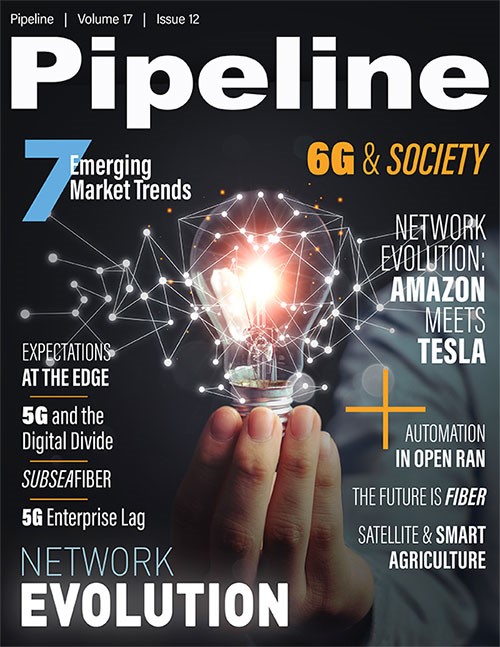Network Evolution: Expectations at the Edge
Enhanced disaster recovery
with network redundancy
Storing data in an off-site edge collocation facility allows enterprises to continue operating, even if their primary storage facility experiences an outage. The network redundancy is crucial to business continuity during unexpected weather or other unplanned events that cause an outage to primary IT infrastructure.
Increased data security and privacy
Edge collocation gives you another place to store data, decentralizing your network. If another part of an IT system experiences a breach, data stored in the edge facility won’t be affected, because it’s stored separately. Edge collocation provides a necessary extra layer of security for sensitive data.
Edge collocation comes with many advantages that can take immediate effect. IT managers rely on a physical space for storage, but managing an on-premise facility can strain resources. Collocation facilities are a great alternative, providing a solution that has lower cost, extremely high reliability, high-bandwidth savings, the ability to scale with ease, and more, all with a high level of control and accessibility. As a result, additional (technical) benefits include redundant systems that scale with ease; dedicated servers, allowing enterprises to monetize up to nine servers in a ¼ rack; access to off-premise storage that is strictly controlled and protected for maximum security; high-performance scalable cloud solutions for growing cloud storage and cloud compute needs; and locations in areas at lower risk of experiencing severe weather that can mirror data at locations nationwide
Edge use cases
Numerous small- and medium-sized enterprises with a rising need for data storage can benefit from edge collocation. In fact, as 5G matures and becomes more widely adopted by consumers, new advanced applications will emerge that demand lower latency and better network performance.
These use cases and applications are wide-ranging. They include content delivery networks (CDNs) for website content, video and audio streaming, software downloads, and data records as well as applications in the entertainment and gaming sectors for large-format event experiences, augmented reality and virtual reality (AR/VR), and event streaming. Use cases can include industry-specific functions such as customer data, banking, and accounting in the financial services industry, or enabling wearables, scanners, monitoring, and hi-definition imaging for healthcare. In agriculture, they can include sensors, autonomous farming, water sensors, and crop management; in manufacturing, for IoT, process automation, and optimized supply chains. The retail and lodging sectors can enable real-time demographics, inventory management, and dynamic personalization. In smart cities and on smart campuses, edge collocation makes transportation, grids, and water management possible. Other applications include 5G and IoT for telecom and autonomous transport and advanced mapping for the transportation sector.
Further, consider driverless automobiles. A self-driving car approaches an intersection, and the traffic light turns red. The edge node needs to be able to tell the car to stop within mere seconds―connecting people in motion with the computers they may be relying on to save lives, with near-zero latency.
There are, of course, many other use cases, including IoT. For example, in a household with low-latency 5G connectivity, today's smart devices (essentially smartphone-class computers) could be replaced with “dumb terminals” that get their instructions from nearby edge computing systems. The role played today by IoT hubs, in fact, may ultimately be played by 5G transmitters in the neighborhood acting as service hubs for all the households in their coverage areas.
As 5G matures and becomes more widely adopted by consumers, new advanced applications will emerge that demand lower latency and better network performance. Hosting the data closer to the consumer will become a necessity for that optimized experience.
All about the distance
The distributed network is here. It doesn’t matter if you’re talking about space or a wide-area network (WAN)—there’s an edge consideration that seems to permeate everything. By installing edge data centers collocated to tower sites, telcos can start to change network architecture and bring intelligent decision-making closer to its application. Whether you’re reducing data distance with edge or training for a long-distance run, both require effective planning to maximize efficiency and results.



















